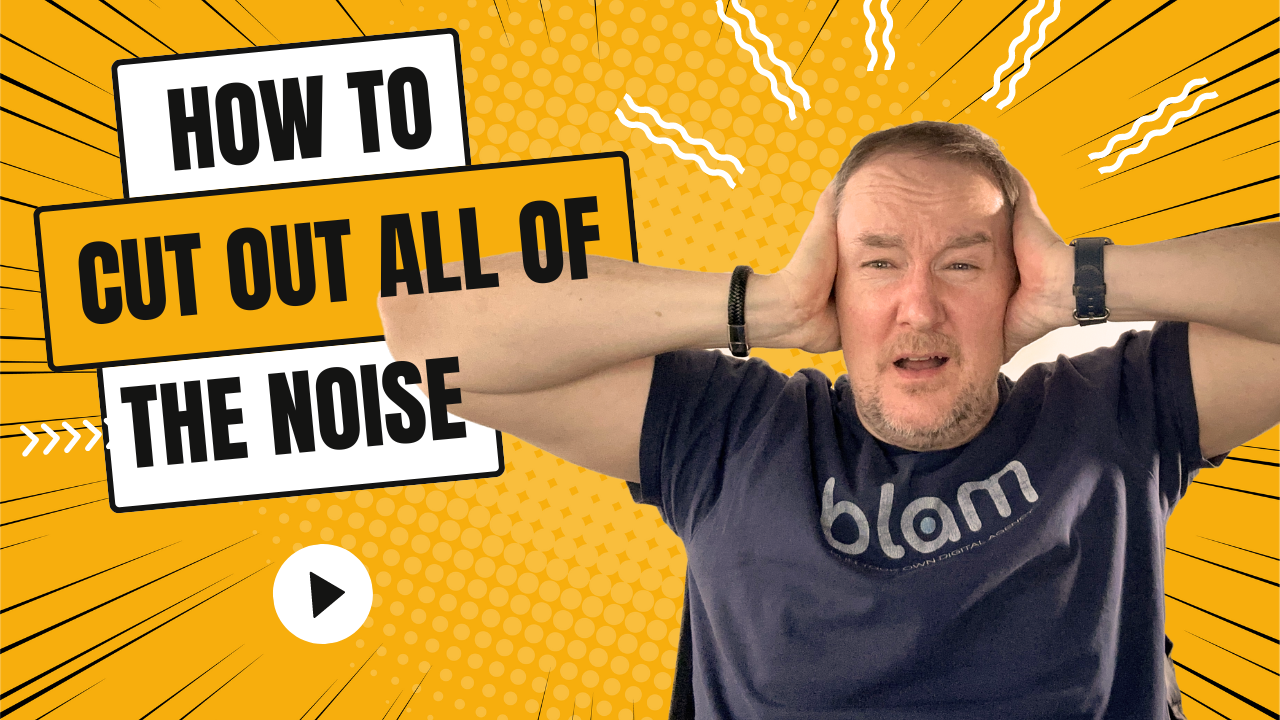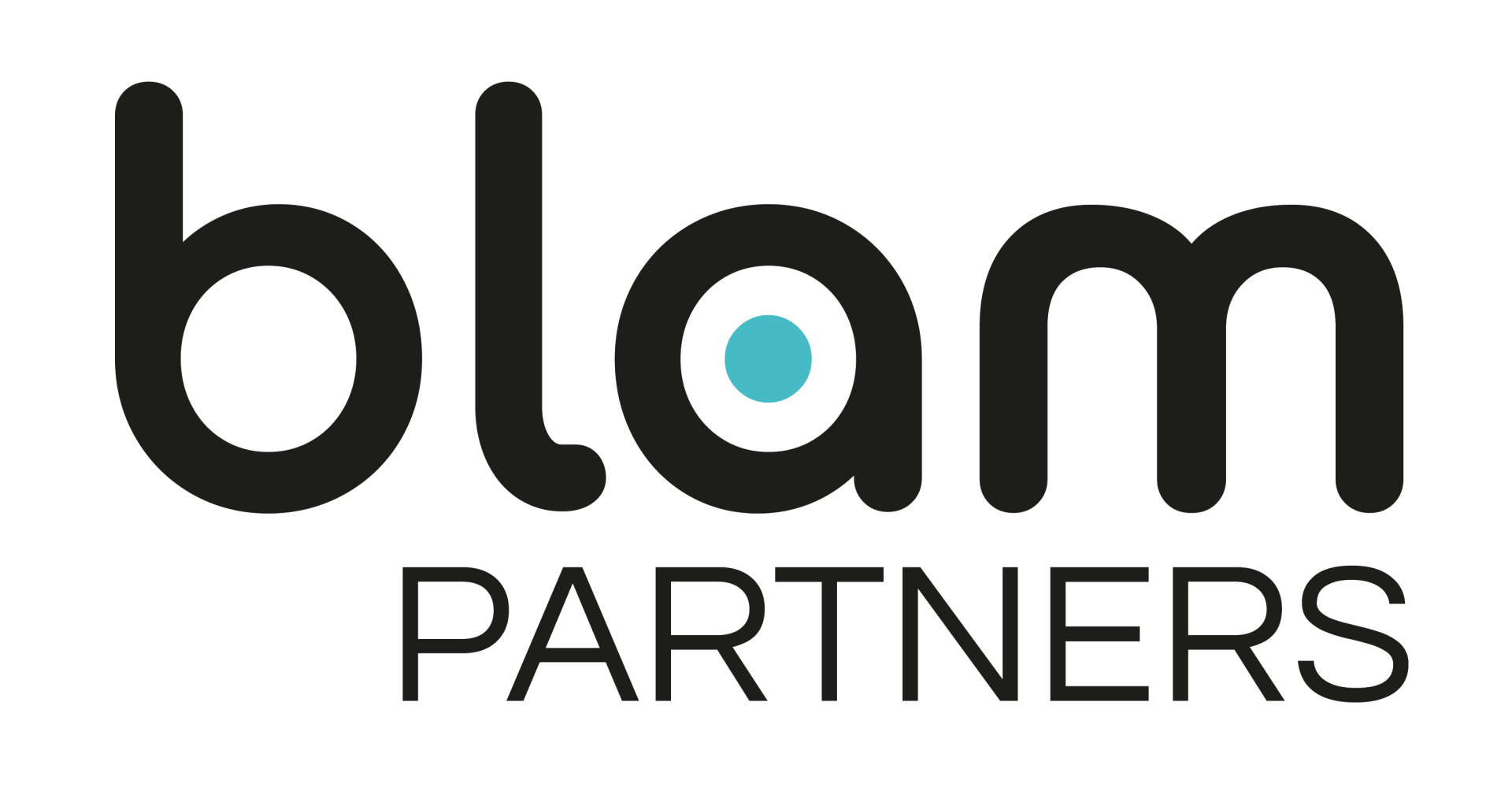Inbound Marketing For Your Small Business
I am sure that most small business owners nowadays are aware of the importance of implementing a successful marketing strategy. With so many different tactics out there, however, it can be hard to decide where to focus your marketing efforts given that the available resources are often quite scarce.
Since we’ve already talked about sales before, today I decided to write about inbound marketing instead. Inbound marketing includes all the activities that attract consumers’ attention and draw them in, rather than going out to reach them.
Assuming you have already defined your target audience as clearly as possible, identified what they are looking for in products similar to yours, as well as their motives and aspirations, below you can find some of the most common inbound techniques marketers recommend to small businesses:
1. Create valuable content. Effective inbound marketing is all about creating remarkable content. Reading various company blogs, however, I often find the shared content extremely business-centric whereas sometimes it even takes the form of a large advertisement. So, one thing to keep in mind is that when marketers talk about creating remarkable content online, we definitely don’t mean using fancier words, elaborate copy, and fake case studies to disguise an ad. When planning your content strategy, the first thing to figure out is what’s in it for the reader. Great content is able to add value to consumers by teaching them something new, giving them stats and industry-related information or by simply entertaining them. Define your objective, identify your niche and start writing!
2. Thought leadership. Those of you who operate in the B2B industry, I am sure you have heard about thought leadership. As an extension to the previous point, thought leadership refers to building content that aims to establish your firm as an industry expert. When people view you as more knowledgeable they are more likely to trust you and when your audience is particularly hard to persuade, thought leadership is often the only way to overcome that. You might want to do some research to find out what are the real problems your potential customers are facing in your industry and focus your content on tackling those.
3. Use social media. What’s a great piece of writing without social publishing? Probably a great piece of writing no one will ever read! Social media allow you to share that valuable content on the social web, engage people and showcase your brand personality. Another way to leverage social media is to approach the online communities where your audience is making conversation, try to fit in seamlessly and engage in social listening. That will give your small company great insight on people's tastes, needs and wants. You are free to enter consumers’ conversations as long as you make sure you follow the rules of the community, stick to the topic and avoid being intrusive or else you will risk jeopardising your brand.
4. Search Engine Optimisation. SEO attempts to make content easier to find and is therefore suited to inbound campaigns. By making a few simple changes to your website you can improve your webpage’s organic search listing. As most people nowadays begin their search for products and services online, it is important for your company to appear on search engines when somebody enters keywords related to what you are selling. To achieve that, you need a quality website which offers a good user experience and is relevant to what each user is searching for. So, start publishing relevant content regularly, making sure to include more of those popular keywords, build links around the same terms within your text and try to increase inbound links.
5. Tell your story. If you find it hard to create quality content, it is always a good idea to start thinking about your personal experiences and how they link to what you are trying to convey. Telling your story is always much catchier than listing facts, as people are far more likely to remember a story. Even if you find it completely unremarkable, it is always best to include your personal perspective in everything you write about as it adds credibility and usually makes the content much less boring.
6. Invest in a dynamic website. Combining inbound marketing techniques with dynamic website personalisation is a great recipe for success. Personalisation can take your content to the next level by tailoring it to each visitor’s situation. This way you are much more likely to provide a relevant user experience that will make them come back for more.
Have you ever used inbound marketing techniques to promote your small business? I would love to know more about your experience, so please do not hesitate to comment below!











